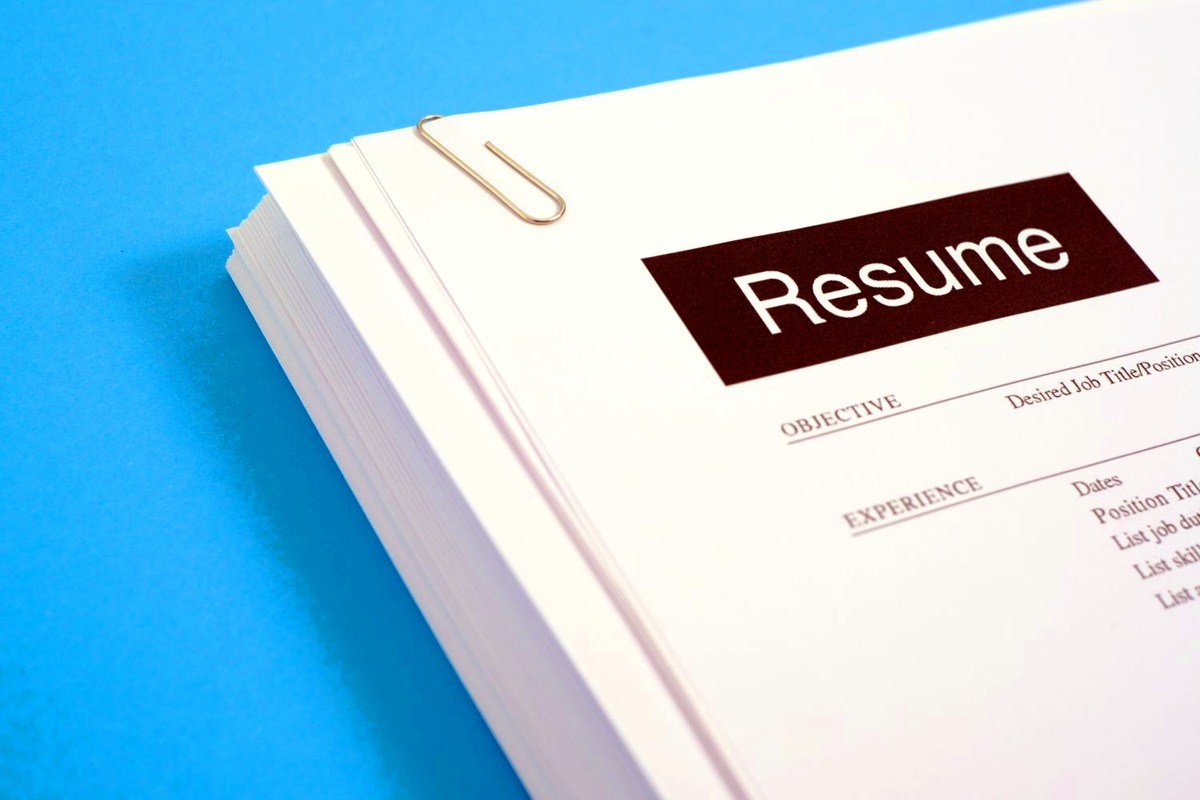How to Get Your First Book Published: Top Publishing Tips

In today’s digital age, becoming a published author is more achievable than ever before. With the right guidance and a well-thought-out strategy, you can turn your manuscript into a published book that reaches a wide audience. In this article, we will explore the essential steps and tips to help you get your first book published successfully.
First Book Published
Getting your book published is a significant achievement, but it’s essential to understand the intricacies of the publishing process. Whether you’re pursuing traditional publishing or opting for self-publishing, knowing the steps involved can help you navigate this journey successfully. Here’s a breakdown of the publishing process:
Traditional Publishing
- Writing and Polishing Your Manuscript: The journey begins with creating a well-written and polished manuscript. Ensure it’s error-free and engaging.
- Researching Literary Agents and Publishers: If you choose traditional publishing, research literary agents and publishers who specialize in your genre. Find those who are a good fit for your book.
- Query Letters: Compose a compelling query letter. This is your chance to pique the interest of literary agents or publishers. It should include a brief book summary, your credentials, and a hook that grabs their attention.
- Submission: Submit your query letter and manuscript to literary agents or publishers according to their submission guidelines. Be prepared for rejection but also keep submitting to multiple agents or publishers.
- Literary Agent Representation: If a literary agent agrees to represent you, they will help negotiate publishing deals on your behalf. They have industry knowledge and connections.
Read More: Create A Professional and Effective Book Marketing Campaign for Your Next Book
Refining Your Manuscript
First Book Published: Ensure that your manuscript is polished, well-structured, and error-free. Consider seeking feedback from beta readers or professional editors to make necessary improvements.
Choosing the Right Publishing Route
Decide whether you want to pursue traditional publishing or opt for self-publishing. Each route has its pros and cons, so choose the one that aligns with your goals and resources.
Finding a Literary Agent
First Book Published: If you opt for traditional publishing, finding a literary agent can greatly increase your chances of success. Agents have valuable industry connections and can help you secure a publishing deal.
Writing a Compelling Query Letter
Craft a compelling query letter that effectively pitches your book to literary agents or publishers. It should include a brief synopsis of your book, your writing credentials, and a hook that captures their attention.
Preparing a Stellar Book Proposal
First Book Published: For non-fiction works, a well-prepared book proposal is essential. It should outline your book’s marketability, target audience, and your marketing plan.
Navigating the World of Self-Publishing
If you choose self-publishing, research the platforms and tools available for self-published authors. Platforms like Amazon Kindle Direct Publishing (KDP) offer a straightforward way to publish your book.
Editing and Proofreading Your Book
First Book Published: Editing and proofreading are the unsung heroes of the publishing process. They play a pivotal role in transforming your manuscript from a rough draft into a polished, error-free masterpiece. Here’s why editing and proofreading are essential steps on the path to publishing your book:
Editing: Shaping Your Story
- Clarity and Coherence: An editor helps ensure that your writing is clear and coherent. They identify areas where the narrative may be confusing or disjointed and suggest improvements.
- Grammar and Syntax: Editors are grammar gurus. They correct grammatical errors, eliminate awkward sentence structures, and ensure that your prose flows smoothly.
- Character Development: In fiction, editors help you create well-rounded, relatable characters. They ensure that character motivations, actions, and dialogue are consistent and engaging.
- Plot Consistency: For fiction and non-fiction alike, editors ensure that your plot or argument follows a logical and consistent path. They identify plot holes and suggest ways to fill them.
- Tone and Style: Editors help maintain a consistent tone and style throughout your book. This ensures that your writing voice is steady, whether it’s formal, casual, or somewhere in between.
Designing an Eye-Catching Book Cover
First Book Published: The saying “Don’t judge a book by its cover” may hold true for people, but when it comes to actual books, the cover plays a pivotal role. Your book cover is the first thing potential readers see, and it’s often the decisive factor in whether they pick up your book or scroll past it. To make a lasting impression and entice readers, you need an eye-catching book cover. Here’s how to create one:
Know Your Audience
Before you start designing, understand your target audience. Different genres have different design conventions. A romance novel will have a vastly different cover design compared to a thriller. Knowing your readers’ expectations is the first step.
Hire a Professional Designer
Unless you’re a skilled graphic designer, it’s highly recommended to hire a professional. They have the expertise to create a visually appealing and marketable cover that aligns with your book’s genre.
Reflect the Book’s Essence
Your book cover should reflect the essence of your story. Consider the themes, mood, and tone of your book. A cover for a lighthearted comedy should evoke different emotions than one for a dark mystery.
Typography Matters
Choose fonts that are easy to read, even when the cover is thumbnail-sized. Your book’s title and your author name should be prominent and legible. Experiment with font styles that complement your genre.
Color Psychology
Colors evoke emotions, so choose them wisely. For example, red can symbolize passion or danger, while blue often represents trust and tranquility. Research the psychology of colors to convey the right message.
Strong Imagery
Whether it’s a striking image, an intriguing illustration, or a captivating symbol, your cover should have a focal point that draws the eye. Ensure that it’s relevant to your book’s content.
Keep It Simple
Cluttered covers can be off-putting. Avoid overcrowding with too many elements. Simplicity can be incredibly effective. Sometimes, a single powerful image can tell the whole story.
Test with Focus Groups
If possible, conduct surveys or focus groups to gather feedback on potential cover designs. What resonates with your target readers? Their opinions can be invaluable.
Adhere to Industry Standards
Make sure your book cover meets the technical requirements of the publishing platform. Different platforms may have specific dimensions and file formats.
Don’t Skimp on Resolution
High-resolution images are a must. A pixelated or blurry cover will instantly turn potential readers away.
Be Consistent
If your book is part of a series, maintain consistency in cover design. A series should have a cohesive look to help readers identify your books.
Formatting Your Manuscript
First Book Published: Properly format your manuscript to meet the requirements of your chosen publishing platform. Incorrect formatting can affect the readability of your book.
Setting a Competitive Price Point
Research pricing strategies for books in your genre and set a competitive price that attracts readers while ensuring you earn a fair income.
Marketing Your Book
First Book Published: Marketing is crucial to a book’s success. Create a marketing plan that includes online promotion, book reviews, and author interviews.
Leveraging Social Media
Harness the power of social media to connect with potential readers and build a following. Engage with your audience through platforms like Facebook, Twitter, and Instagram.
Building an Author Website
First Book Published: Create a professional author website where readers can learn more about you and your work. Include a blog, author bio, and links to purchase your book.
Engaging with Your Readers
Build a strong relationship with your readers by responding to their emails and reviews. Consider organizing book signings or virtual events to connect with your audience.
Read More: A Guide to Launching an eBook for Authors on MindStir Media
Conclusion
Getting your first book published is an exciting journey filled with challenges and rewards. By following these tips and taking the necessary steps, you can increase your chances of success in the competitive world of publishing.
FAQs
How long does it take to get a book published?
The timeline can vary widely, but traditional publishing typically takes 1-2 years, while self-publishing can be much quicker, often a matter of months.
Do I need a literary agent to get published?
While not mandatory, having a literary agent can open doors and increase your chances of securing a publishing deal with a traditional publisher.
What is the cost of self-publishing a book?
The cost varies depending on the services you choose, but it can range from a few hundred to a few thousand dollars for professional editing, cover design, and formatting.
How can I market my book effectively on a limited budget?
There are many low-cost marketing strategies, such as utilizing social media, reaching out to book bloggers, and participating in online book communities.
Is self-publishing a viable option for fiction authors?
Yes, many successful fiction authors have achieved great success through self-publishing, especially in genres like romance, mystery, and science fiction.







